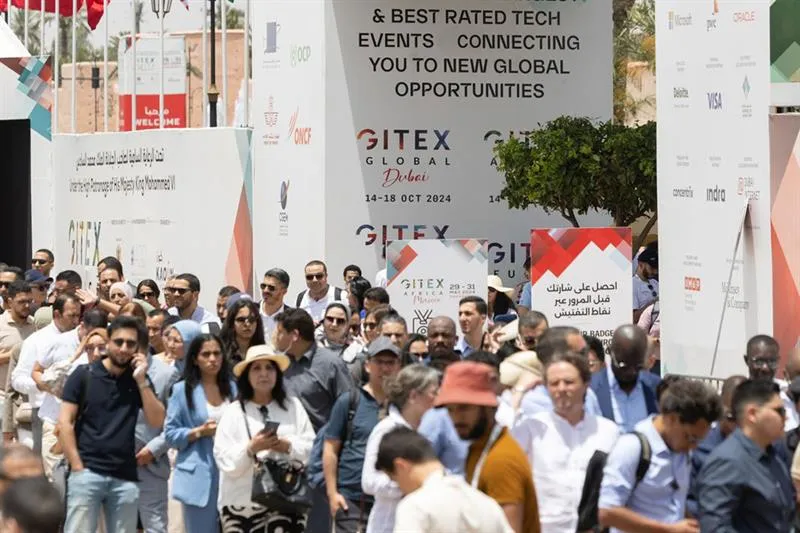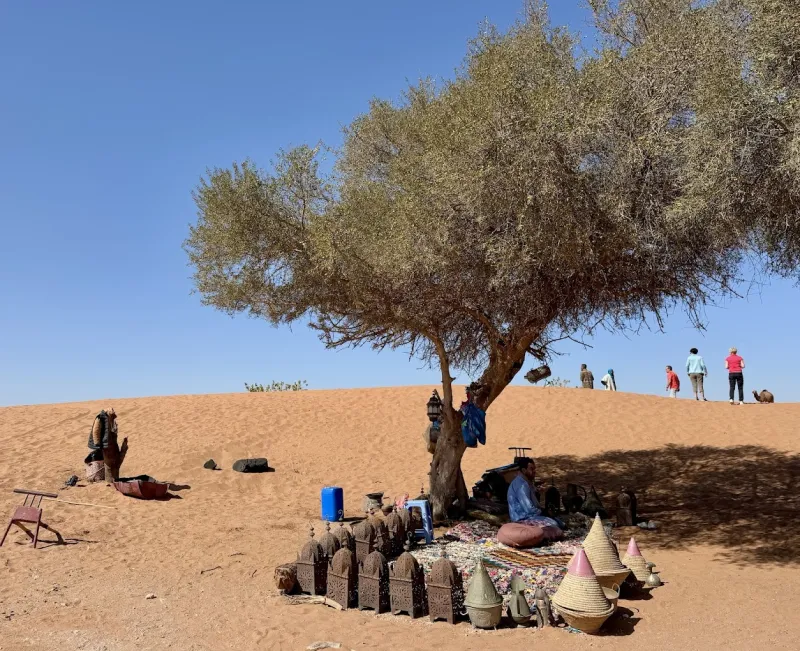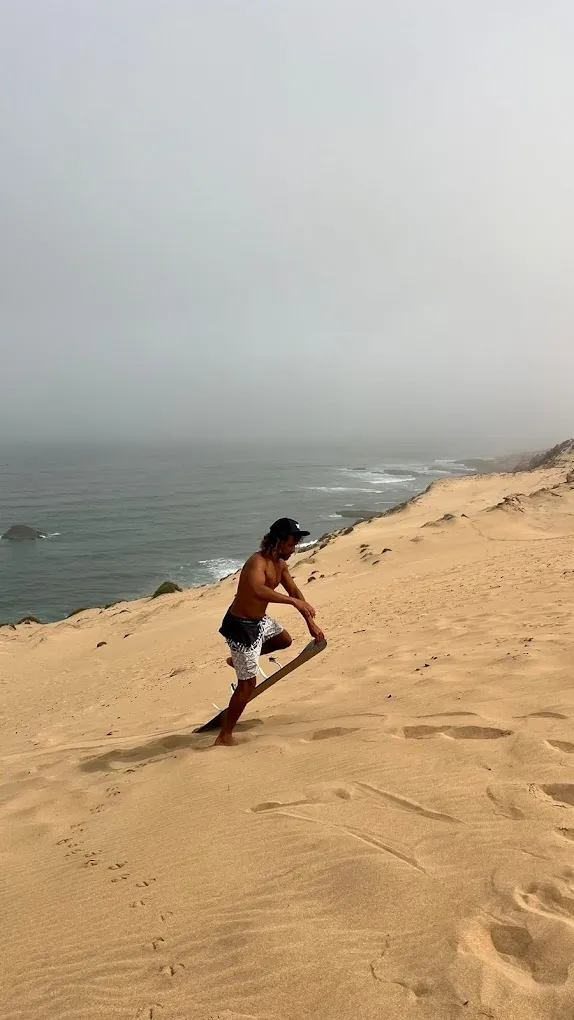Rahba Kedima Marrakech: The Historic Heartbeat of the Medina
11 Mar 2025Tucked away in the vibrant labyrinth of Marrakech’s ancient medina, Rahba Kedima stands as a living emblem of the city’s storied past and its enduring cultural spirit. Once a bustling hub of commerce and social interaction, this historic square has evolved over centuries while still preserving its distinct character. Today, Rahba Kedima remains a fascinating window into Marrakech’s rich history, offering visitors an authentic taste of local life, artisanal crafts, and the aromatic pleasures of Moroccan markets.
A Journey Through History
Origins and Early Days
Rahba Kedima, which translates to “Old Rahba” or “Old Market Square,” dates back to the early days of Marrakech’s development. Established as a central meeting point in the medina, it was designed to serve as the epicenter of trade, culture, and daily community life. Merchants from far and wide would gather here to exchange goods, ideas, and news, creating a dynamic marketplace that was as much about social connection as it was about commerce.
The Evolution of a Cultural Crossroads
Over the centuries, Rahba Kedima has witnessed countless transformations. From its origins as a modest marketplace to its role as a thriving commercial and social hub under various dynasties, the square has always been at the heart of Marrakech’s evolving narrative. Traditional architecture, local craftsmanship, and the aromas of exotic spices have mingled over time, infusing the area with a timeless quality that continues to captivate locals and visitors alike.
Architectural and Urban Fabric
The Layout of the Medina
Nestled within the intricate maze of the Marrakech medina, Rahba Kedima is a quintessential example of traditional Moroccan urban design. The square is characterized by narrow alleyways that open onto a relatively spacious, yet intimate, public area. The organic layout not only reflects the defensive needs of ancient cities but also promotes a sense of community by creating natural gathering spaces.
Architectural Details and Local Craftsmanship
The buildings surrounding Rahba Kedima are adorned with features typical of Moroccan architecture: detailed stucco carvings, vibrant zellige tile work, and intricately designed wooden doors. These elements are more than decorative—they tell stories of the artisans’ dedication and the cultural influences that have passed through Marrakech over the centuries. The blend of weathered facades and timeless design invites visitors to pause and appreciate the artistry inherent in every corner of the medina.
A Hub of Commerce and Social Life
The Market Atmosphere
At its core, Rahba Kedima has long been synonymous with bustling market life. The square has traditionally hosted a diverse array of vendors selling everything from handcrafted textiles and intricate jewelry to fragrant spices and locally produced ceramics. The lively calls of merchants, the sound of haggling, and the colorful display of goods create an atmosphere that is both energetic and steeped in tradition.
Culinary Delights and Sensory Experiences
Food plays an essential role in the cultural tapestry of Rahba Kedima. Traditional Moroccan dishes, freshly prepared by street-side vendors and small local eateries, offer a sensory feast for the palate. The aroma of tagine, the sweet scent of freshly baked msemen (Moroccan pancakes), and the invigorating fragrance of mint tea all contribute to a rich culinary experience that is emblematic of Marrakech. For many, the market is as much about tasting the local flavors as it is about witnessing a vibrant way of life.
A Space for Community and Conversation
Beyond its economic role, Rahba Kedima is a vital social space. It is here that neighbors meet to share news, families gather during festive occasions, and travelers immerse themselves in the rhythms of everyday Moroccan life. The square functions as an open-air living room—a place where the community’s collective memory is continually renewed through daily interactions and shared experiences.
Cultural Significance and Contemporary Relevance
Preserving Traditions in a Modern World
Despite the pressures of modernization and the rapid growth of tourism in Marrakech, Rahba Kedima has managed to retain much of its historic charm. Efforts by local authorities and community organizations to preserve the medina’s unique character have ensured that the square remains a living repository of tradition. Visitors today can experience a marketplace that, while adapting to modern needs, continues to echo the voices of centuries past.
A Source of Inspiration for Artists and Artisans
The timeless allure of Rahba Kedima has not gone unnoticed by the creative community. Photographers, painters, and writers are drawn to its textured surfaces, vibrant colors, and the interplay of light and shadow that defines the square. This artistic inspiration, in turn, feeds back into the local crafts scene, fostering an environment where tradition and innovation coexist harmoniously.
Embracing Change While Honoring Heritage
Modern renovations and adaptive reuse initiatives have allowed Rahba Kedima to meet contemporary standards without compromising its historical integrity. Small boutique shops, art galleries, and cafes now complement the traditional market stalls, creating a fusion of old and new that reflects the evolving identity of Marrakech. This balance of preservation and progress ensures that Rahba Kedima continues to be relevant and engaging for both locals and tourists.
Visiting Rahba Kedima: A Guide for Travelers
Navigating the Medina
For visitors eager to explore Rahba Kedima, the experience begins with getting lost in the winding alleys of the medina—a delightful challenge that reveals hidden gems at every turn. Local guides can offer invaluable insights into the history and significance of the square, as well as tips on the best stalls and eateries to visit.
Tips for an Authentic Experience
Engage with the Locals: Don’t hesitate to interact with the vendors and residents. Their stories and recommendations offer a deeper understanding of the square’s role in daily life.
Sample the Cuisine: Be sure to taste the traditional street food. A plate of freshly grilled kebabs or a cup of steaming mint tea can provide a genuine taste of Moroccan hospitality.
Take Your Time: The magic of Rahba Kedima lies in its details. Allow yourself the time to wander, observe, and absorb the sights, sounds, and scents that define this historic marketplace.
Capturing the Moment
For photographers and art enthusiasts, Rahba Kedima offers endless opportunities to capture the essence of Marrakech. Whether it’s the intricate details of a centuries-old doorway or the vibrant energy of a busy market day, every frame tells a story of a city that is at once ancient and continually renewing itself.
Conclusion: The Enduring Spirit of Rahba Kedima
Rahba Kedima Marrakech is more than just a market square—it is a microcosm of the city’s soul. It embodies the enduring spirit of Marrakech through its historic architecture, its lively commercial activity, and its role as a center for community and cultural expression. As modern influences gently weave into the fabric of tradition, the square continues to be a place where the past and present coexist, inviting every visitor to become a part of its timeless narrative.
For those seeking an authentic encounter with Marrakech, a visit to Rahba Kedima is an essential experience. Here, amid the vibrant chaos and intricate beauty of the medina, you can witness the living heritage of a city that has captivated hearts for centuries—a true testament to the resilience and allure of Moroccan culture.
Hi, I'm Camila Elise. I'm a passionate writer and design enthusiast at rents.ma, blending modern insights with the timeless elegance of Moroccan culture. Join me as I explore innovative ideas to transform your living space into a true reflection of your style.




